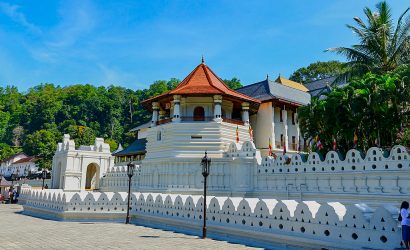Architecture In Srilanka
Sri Lanka has an impressive architectural legacy that dates back to the 3rd century B.C. Ruins of ancient kingdoms provide evidence of a sophisticated civilization on the island which possessed advanced knowledge of science and technology, town planning and design, and valued the aesthetic beauty of the arts: marvel at the remarkable engineering of 5th century Sigiriya Rock Fortress; admire the spectacular paintings and statues at Dambulla Cave Temple, and see the towering dagobas at Anuradhapura, which were once some of the largest man-made structures in the world, second only to the pyramids of Egypt.
The later influences of the Portuguese, Dutch and British during their periods of colonial rule can be seen most prominently in the architecture of the churches, forts and homes in the coastal areas, especially the UNESCO World Heritage Site Galle Fort, as well as in the hill country’s tea planter bungalows and the railway line that connects the Sri Lanka’s tea country with Kandy and Colombo, the main sea port.
Trip Highlights
- SIGRIYA ROCK FORTRESS
- TEMPLE OF TOOTH RELIC
- LANKA TILAKA TEMPLE
- GADALADENIYA TEMPLE
- THE HERITAGE FORT CITY OF GALLE
- LUNUGANGA
- SEEMA MALAKA
- GEOFFERY BAWA'S EARLIER OFFICE & RESIDENCE






